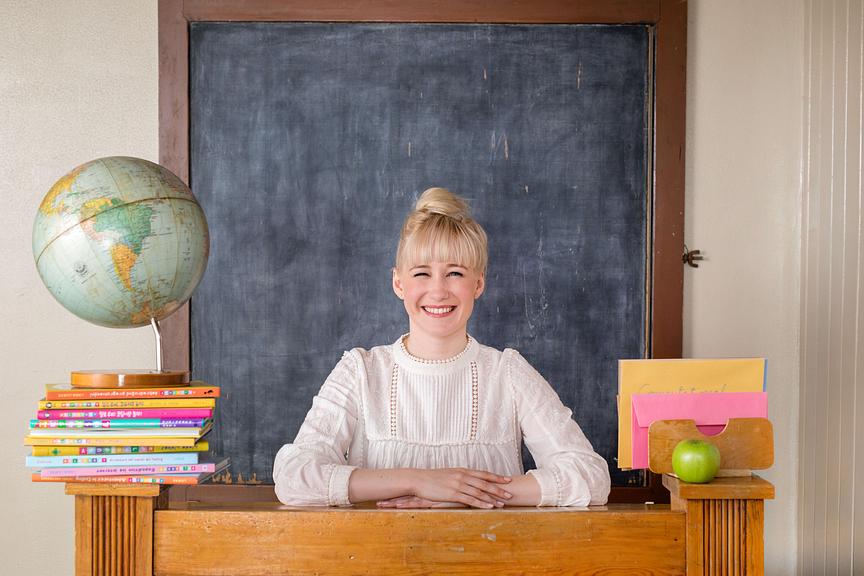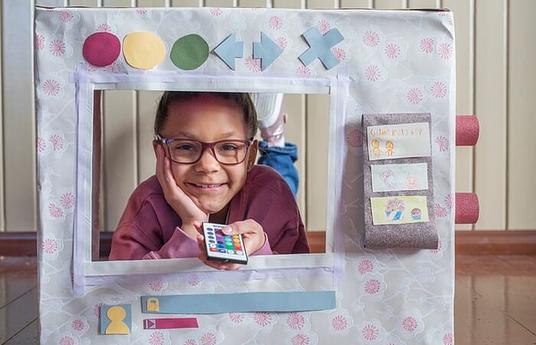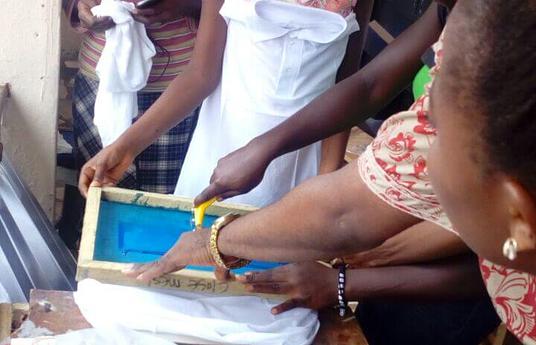Step into a whimsical wonderland of computer science through 33 videos that blend arts and science. The self-paced videos are aimed for 5-9 year olds, followed by an activity the kids can complete at home. Topics include code, hardware, networks, AI and other interesting ideas.
Have you ever wondered what travels inside the wires of your computer? Or why computer parts look like a tiny city? Or what really is an algorithm? These one minute videos explore big ideas of computer science through play!
The 1 minute videos with Linda explaining the concept, followed by an activity (“Now you do it”). Shot in a quirky, colorful style of Wes Anderson meets Sesame Street, these videos can be used by teachers and parents alike to start a discussion and create an offline experience. The tasks have been tested by thousands of teachers.
The current global situation has proven that the education system needs an improvement towards remote teaching, an increased focus on technology, and a deeper commitment to making computer science approachable for children.
Linda's work empowering both children and young women in computer science all around the world, has given her unique, globally appealing perspective on how to celebrate the power of technology, imagination and storytelling.
The materials, guides and journal are available at helloruby.com/loveletters and helloruby.com/play




